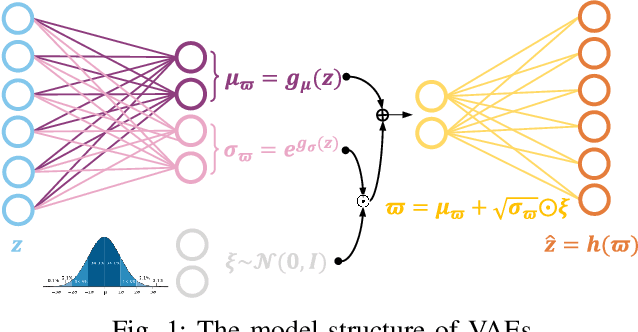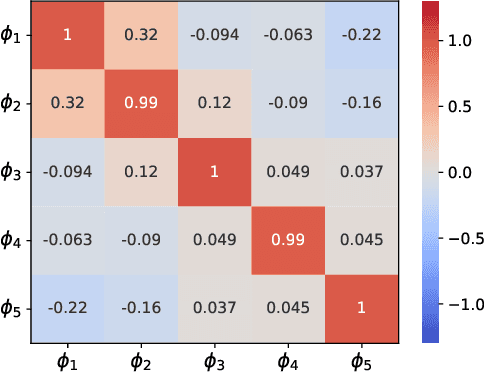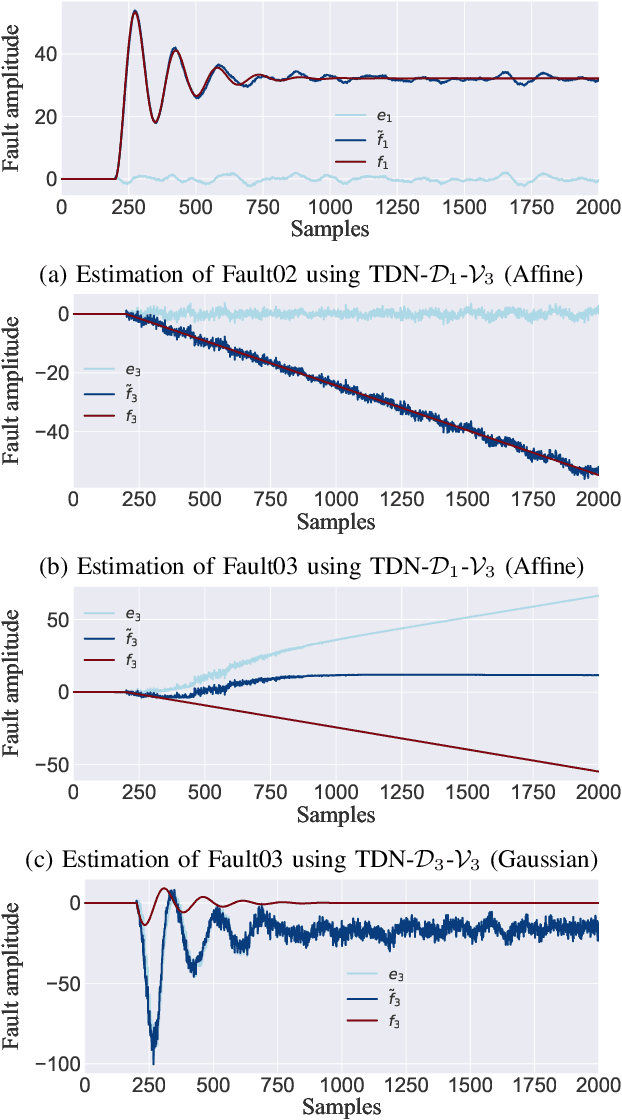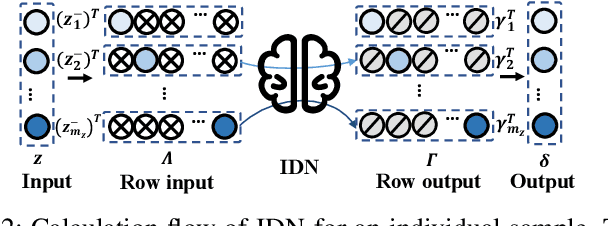Jiang Luo
Self-Parameterization Based Multi-Resolution Mesh Convolution Networks
Aug 25, 2024Abstract:This paper addresses the challenges of designing mesh convolution neural networks for 3D mesh dense prediction. While deep learning has achieved remarkable success in image dense prediction tasks, directly applying or extending these methods to irregular graph data, such as 3D surface meshes, is nontrivial due to the non-uniform element distribution and irregular connectivity in surface meshes which make it difficult to adapt downsampling, upsampling, and convolution operations. In addition, commonly used multiresolution networks require repeated high-to-low and then low-to-high processes to boost the performance of recovering rich, high-resolution representations. To address these challenges, this paper proposes a self-parameterization-based multi-resolution convolution network that extends existing image dense prediction architectures to 3D meshes. The novelty of our approach lies in two key aspects. First, we construct a multi-resolution mesh pyramid directly from the high-resolution input data and propose area-aware mesh downsampling/upsampling operations that use sequential bijective inter-surface mappings between different mesh resolutions. The inter-surface mapping redefines the mesh, rather than reshaping it, which thus avoids introducing unnecessary errors. Second, we maintain the high-resolution representation in the multi-resolution convolution network, enabling multi-scale fusions to exchange information across parallel multi-resolution subnetworks, rather than through connections of high-to-low resolution subnetworks in series. These features differentiate our approach from most existing mesh convolution networks and enable more accurate mesh dense predictions, which is confirmed in experiments.
Generation of Uncorrelated Residual Variables for Chemical Process Fault Diagnosis via Transfer Learning-based Input-Output Decoupled Network
Apr 29, 2024



Abstract:Structural decoupling has played an essential role in model-based fault isolation and estimation in past decades, which facilitates accurate fault localization and reconstruction thanks to the diagonal transfer matrix design. However, traditional methods exhibit limited effectiveness in modeling high-dimensional nonlinearity and big data, and the decoupling idea has not been well-valued in data-driven frameworks. Known for big data and complex feature extraction capabilities, deep learning has recently been used to develop residual generation models. Nevertheless, it lacks decoupling-related diagnostic designs. To this end, this paper proposes a transfer learning-based input-output decoupled network (TDN) for diagnostic purposes, which consists of an input-output decoupled network (IDN) and a pre-trained variational autocoder (VAE). In IDN, uncorrelated residual variables are generated by diagonalization and parallel computing operations. During the transfer learning phase, knowledge of normal status is provided according to VAE's loss and maximum mean discrepancy loss to guide the training of IDN. After training, IDN learns the mapping from faulty to normal, thereby serving as the fault detection index and the estimated fault signal simultaneously. At last, the effectiveness of the developed TDN is verified by a numerical example and a chemical simulation.
 Add to Chrome
Add to Chrome Add to Firefox
Add to Firefox Add to Edge
Add to Edge